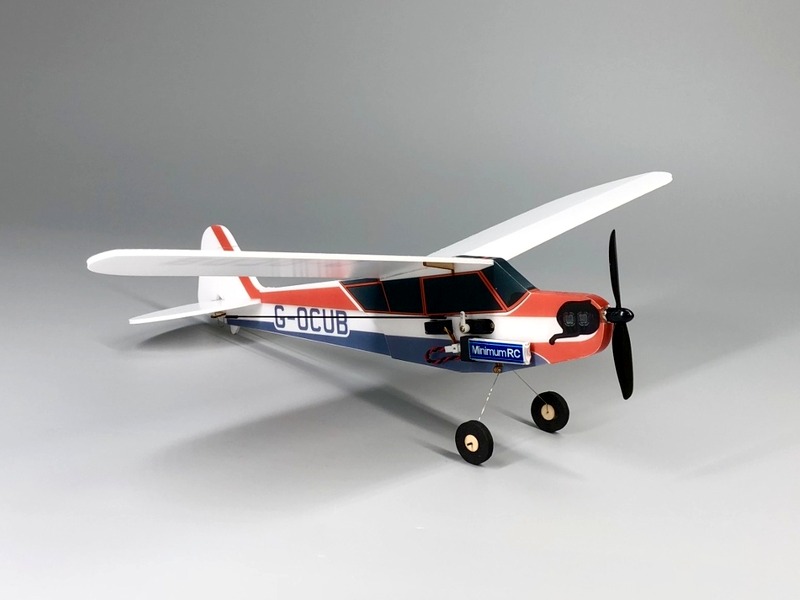How fast is the fastest RC jet?

The fastest RC jet is capable of reaching speeds of up to 400 mph (644 km/h). This is an incredible speed for a remote-controlled aircraft, and it is only possible due to the advances in technology that have been made in recent years.
The fastest RC jets are powered by either a turbine engine or a ducted fan. Turbine engines are the most powerful and efficient type of engine available for RC jets, and they are capable of producing thrusts of up to 10,000 lbs (4,536 kg). This is more than enough power to propel the jet to its maximum speed.
Ducted fan engines are also used in some RC jets, and they are capable of producing thrusts of up to 5,000 lbs (2,268 kg). This is still a significant amount of thrust, and it is enough to propel the jet to its maximum speed.
The speed of an RC jet is determined by a number of factors, including the size of the jet, the type of engine, and the amount of thrust produced. The larger the jet, the more thrust it can produce, and the faster it can go. The type of engine also plays a role in determining the speed of the jet, as turbine engines are more powerful than ducted fan engines.
In addition to the size and type of engine, the amount of thrust produced is also a factor in determining the speed of the jet. The more thrust that is produced, the faster the jet can go. The amount of thrust produced is determined by the size of the engine and the amount of fuel that is used.
The fastest RC jets are capable of reaching speeds of up to 400 mph (644 km/h). This is an incredible speed for a remote-controlled aircraft, and it is only possible due to the advances in technology that have been made in recent years. The combination of powerful engines, large jets, and efficient fuel consumption has allowed RC jets to reach speeds that were previously thought to be impossible.
Comments / Question
-A low voltage cutoff to prevent over-discharge of the battery
-An emergency shut off switch to quickly stop the motor in case of an emergency
-A failsafe to ensure the jet will always return to its home position in the event of a signal loss
-Sturdy construction and materials to protect the components from damage
-A streamlined design to reduce drag and improve stability in flight

